The Most Common Pet Surgeries—and What to Expect
At Cane Bay Veterinary Clinic in Cane Bay, South Carolina, we know that hearing your pet needs surgery can feel overwhelming—especially if you’re unsure what to expect. Whether it’s a routine spay or neuter, a mass removal, or a complex orthopedic repair, our goal is to help you feel confident, informed, and supported from consultation to recovery.
This guide walks you through the most common pet surgeries, what each involves, and how you can best prepare.
Why Surgery May Be the Right Choice
Surgery can dramatically improve your pet’s health, comfort, and quality of life. While some procedures are preventive—like spaying or neutering—others are performed to address injuries, remove tumors, or resolve urgent health concerns like intestinal blockages. In every case, we tailor our approach to your pet’s specific condition and overall well-being.
Explore our surgical services to learn more.
Common Pet Surgeries We Perform
Spaying and Neutering: Responsible and Preventive Care
Spaying (female pets) and neutering (male pets) are among the most common and important surgeries we perform.
- Why It Matters: These procedures help control the pet population and reduce the risk of reproductive cancers, infections like pyometra, and certain behavioral issues.
- Recovery: Most pets recover quickly with proper post-operative care and restricted activity.
- Additional Resource: Spay or Neuter Resources – AAHA
Mass Removals: Investigating Lumps and Bumps
Lumps under your pet’s skin aren’t always serious—but when in doubt, it’s best to check.
- When We Recommend Surgery: If a mass is growing, changing shape, causing discomfort, or has unknown origin, removal and biopsy are often advised.
- Our Process: We use needle aspirates, biopsies, and diagnostic imaging to assess whether surgery is necessary and how to proceed safely.
- Further Reading: Types of Cancer in Pets – AAHA
Fracture Repair: Stabilizing Broken Bones
Pets can break bones during play, falls, or accidents. These injuries often require surgical stabilization.
- What to Expect: Diagnosis is typically made with X-rays. Depending on severity, treatment may involve splints, pins, plates, or screws.
- Recovery: Strict rest, pain management, and follow-up appointments are key to successful healing.
- Helpful Insight: Broken Bones in Dogs – Zoetis Petcare
Cruciate Ligament Repair: Helping Pets Walk Without Pain
Tears in the cruciate ligament (similar to an ACL injury in humans) are one of the most common causes of lameness in dogs.
- Signs to Watch For: Limping, stiffness after rest, or avoiding weight-bearing on one leg.
- Surgical Options: We offer TPLO (Tibial Plateau Leveling Osteotomy) and TTA (Tibial Tuberosity Advancement) depending on your dog’s size and activity level.
- Explore Techniques: Canine Cruciate Ligament Injury – CSU Veterinary Teaching Hospital
Foreign Body Removal: When Curiosity Turns Risky
Many pets—especially young ones—swallow objects they shouldn’t. These items can cause dangerous gastrointestinal obstructions.
- Symptoms: Vomiting, abdominal pain, lethargy, and loss of appetite.
- Diagnosis and Treatment: Imaging helps us locate the object, and either endoscopy or surgery is used to remove it safely.
- More Info: Gastrointestinal Foreign Body Obstruction – Cornell Vet
How to Prepare for a Surgery Consultation
To make your pet’s surgical consultation as effective as possible, please bring:
- Medical history and current medications
- Any recent lab work or imaging, if available
- Photos or videos of concerning behaviors or symptoms
Smart Questions to Ask Your Vet
- What are the risks and benefits of this procedure?
- What is the recovery timeline?
- Are there alternatives to surgery?
- What post-op care will my pet need?
Having answers to these questions can help you plan effectively and feel confident in your decision.
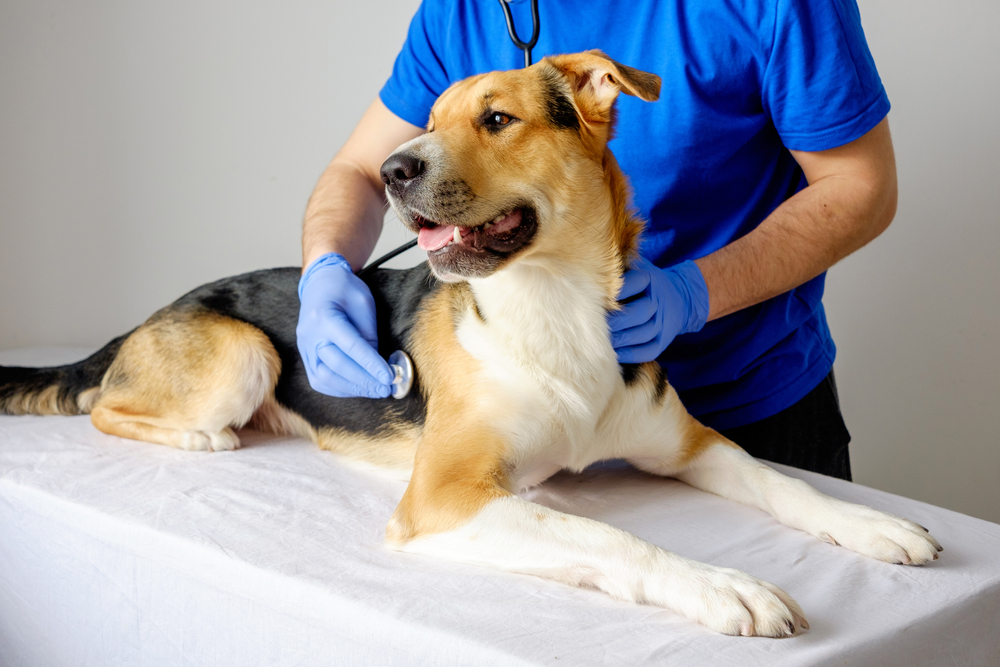
Frequently Asked Questions
How long will my pet be under anesthesia?
This depends on the procedure but usually ranges from 45 minutes to a few hours. We monitor vital signs throughout to ensure safety.
What is the success rate?
Most common surgeries have a very high success rate, especially when followed by appropriate home care and follow-up.
How can I help my pet recover at home?
Provide a quiet, comfortable space, follow all medication and activity instructions, and monitor the incision for signs of infection like redness, swelling, or discharge.
Compassionate Support, Expert Care
At Cane Bay Veterinary Clinic, we treat your pets like family. From routine surgeries to urgent procedures, we’re here to provide exceptional medical care with kindness and transparency. Our team will walk you through every step, from diagnosis to discharge, ensuring you always know what’s happening and what comes next.
If you have any questions about your pet’s upcoming procedure or want to schedule a consultation, contact us. We’re honored to be your trusted partner in your pet’s health.

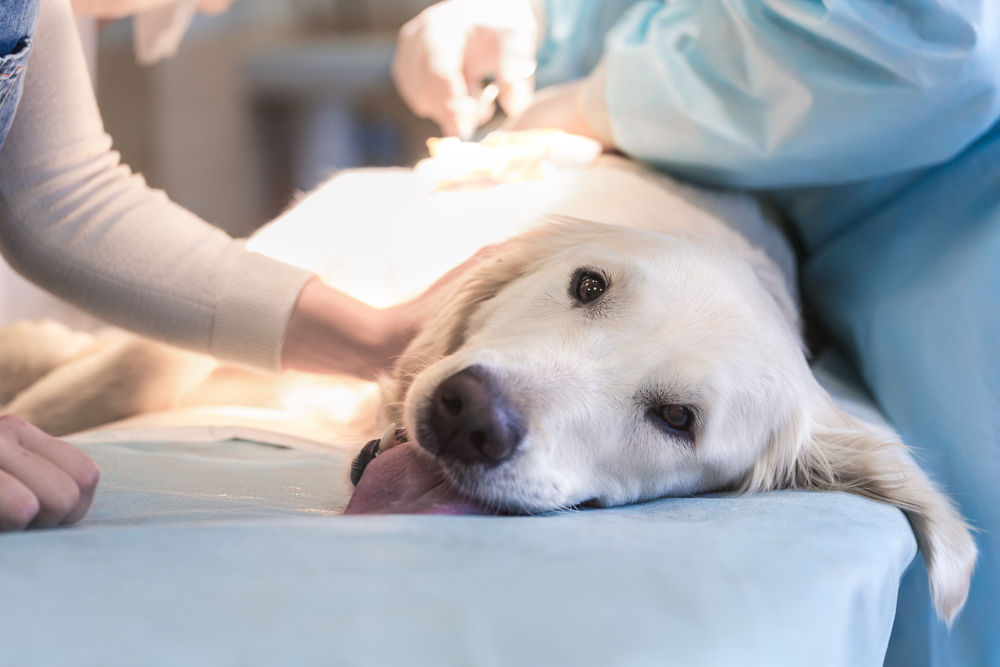

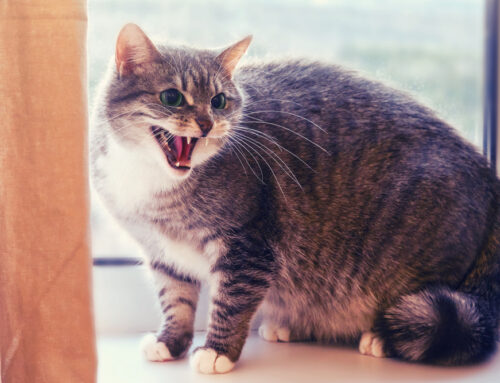
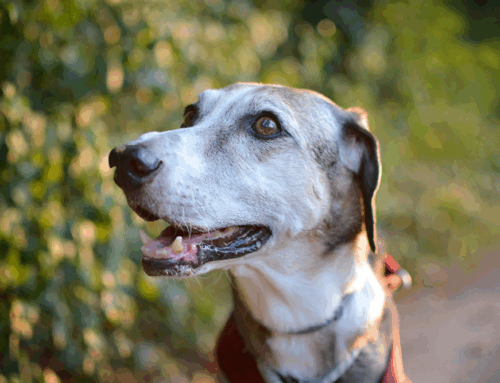
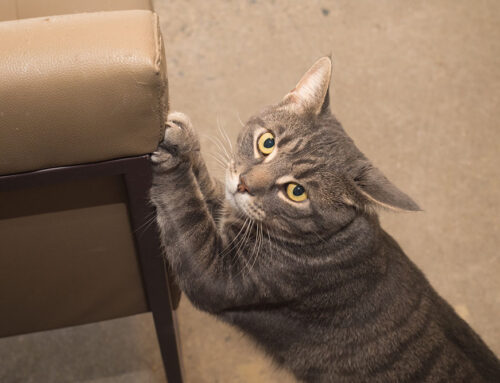

Leave A Comment